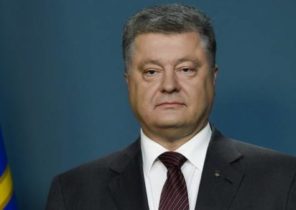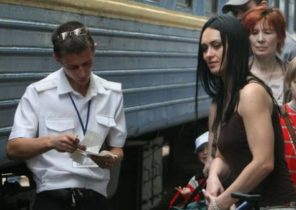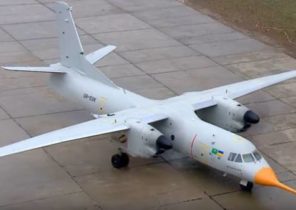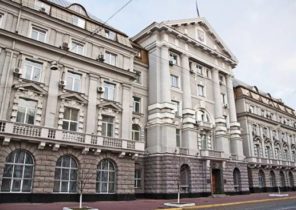The 1970s was for the United States the worst period of the cold war. During this decade the Vietnam war split the American people — suffer from a long and painful war, the public demanded peace at any price. The nuclear arms race was headed by the Soviet Union seemed as strong as ever.
But then the Reagan administration has offered a bold, albeit risky plan to win the cold war. Under Reagan, the US did not surrender, did not buy its security with surrender — American retreat ended, and U.S. foreign policy was no more space for primernosti.
The purpose of this political shift — to convince the Soviet Union that the US is not afraid of nuclear war and ready to strike at the USSR first, was achieved. Coupled with military achievements — real or imaginary, like “Star wars” system of space-based weapons that could shoot down Soviet missiles — Reagan’s rhetoric alarmed the Soviet leadership. If the US struck first in the USSR and had the opportunity to shoot down Soviet retaliatory missiles, they could survive a nuclear war.
Soviet leaders believed that the United States from nuclear war will not retreat, and will not fail to untie it. It seemed that their backs are against the wall. Then they came up with the “Dead hand” (“Perimeter” System, a complex of automatic control of a massive retaliatory nuclear strike — approx. edition of the new York times).
The system “Dead hand”
“Dead hand” was trouble-free (to refuse was nothing) trigger system all Russian Intercontinental ballistic missiles that survive a first U.S. strike. Here’s how its described in the article of the magazine “Wierd” (Wired).
“It was designed to be in a dormant state until a high level official not activate it in a crisis situation. Then she would start to monitor a network of sensors — seismic, radiation, atmospheric pressure — for signs of nuclear explosions”. If you have activated the system itself made sure if was a nuclear strike or not.
“To retaliate the system had to check four “if/then”: first, if it is activated, it is tried to determine whether the impact of nuclear weapons on Soviet territory. If Yes, then the system would check the linkage c by the General staff. If communication is available, the system after some time without further signs of attack — from 15 minutes to an hour — it would shut down automatically in concluding that the officials who could order the counterattack, is still alive. If there is no connection, “Perimeter” will decide that the day of judgment is come.”
After fixing this dreadful situation, the system gives the command to launch missiles in fortified and protected from nuclear strike mine launchers (silos) throughout the Soviet Union, passing it successively all the surviving missiles. They start from the silo and arrange a nuclear Armageddon.
Even if the military high command of the Soviet Union, politicians, leaders of his city and the capital — who and anything will turn into smoldering ashes of the Soviet Union still would guarantee retribution.
Works now?
About the autonomy of the “Dead hand” there is no consensus. And there is debate about whether it exists today, although Russian officials have confirmed that the “Dead hand” really was in the past, and that a similar failsafe system still exists. The Soviet “Dead hand” of his former role in Russian nuclear strategy no longer plays, but remains only hopes that she’s not as sensitive as during the cold war.
Caleb Larson — master of public policy School Willy Brandt (Willy Brandt School of Public Policy). Lives in Berlin and writes about U.S. and Russian foreign and defense policy, German politics and culture.







